Sri Lankan Food Dishes: Basic Overview
Common Ingredients
Common Cooking Methods
Courses
Meals
Key Taste
Eating Etiquette
Meal Presentation
Culinary Festivals
Influence and Fusion
Popular Types of Sri Lankan Dishes
-
Curries
Curries in Sri Lankan cuisine are complex, spiced dishes that often incorporate coconut milk, a variety of meats, seafood, or vegetables, and a blend of spices.
These dishes are central to meals and reflect the island’s rich spice heritage.
-
Rice Dishes
Rice dishes in Sri Lanka are staple components of the diet, often served as the main carbohydrate source alongside curries.
The preparation can range from simple steamed rice to more elaborate dishes cooked with coconut milk, spices, and sometimes mixed with meats or vegetables.
-
Snacks
Snacks in Sri Lanka vary widely, from deep-fried treats to steamed delicacies, often flavored with spices and coconut.
They are popular at all times of the day.
-
Bread and Dough
Bread and dough-based items in Sri Lanka range from simple flatbreads to more complex creations stuffed with spiced fillings.
These can be cooked on a griddle, deep-fried, or baked, serving as versatile carriers for curries or enjoyed on their own.
-
Salad
Salads in Sri Lanka, often made with freshly grated coconut, lime juice, and spices, serve as refreshing sides to the main meal.
They can include leafy greens, finely chopped vegetables, or even fruit.
Sri Lankan dishes are a vibrant blend of herbs, spices, vegetables, rice, and fruits, reflecting the island’s rich ingredients. Central to the cuisine are rice and coconut, with seafood playing a significant role due to the island’s extensive coastline.
Influences from Indian, Indonesian, and Dutch cuisines are evident in Sri Lanka. Specialties from the Netherlands and India are particularly important in the development of local cooking traditions.
Sri Lankan cuisine features unique spice blends, including local cinnamon and black pepper, and ingredients like Maldives fish, goraka, pandan leaf, and jaggery from kithul palm syrup.
Coastal areas in Sri Lanka emphasize seafood, and many regional specialties share similarities with South Indian food offerings. Key components include a variety of spices and herbs, different types of fish and meats, and a selection of oils and sweeteners.
Next up, you should check out the common ways that locals of Sri Lanka often serve their dishes; thus, further understanding how these dishes are enjoyed.
23 Popular Sri Lankan Dishes
These are the 23 dishes of Sri Lanka for you to explore. Also, I suggest making full use of the filter system to see these specialties in alphabetical order, tastes, cooking methods, dish types, essential ingredients, and global popularity.
To add to that, you should find these categories of Sri Lankan dishes an exciting short trip to go through, like the most popular, traditional, national, fusion, and street food dishes:
Malabar Matthi Curry
- Traditional
Malabar matthi curry is a Sri Lankan curry dish with modern variations coming from Kerala and Tamil Nadu, a state in India. The “Malabar Matthi” term means “sardines” in English, and they are also the main ingredient in this dish.
Ideally, fish and rice are 2 of the core food sources for the curry, employing semi-cooked sardines in Kerala-style curry, okra, or onion. However, some can include coconut milk or tamarind juice to create a twist in flavor and differentiate the Sri Lankan version among various ones.
This bold flavor curry goes fine with bread, rice, tapioca, and naan. Aside from Sri Lanka, other Indian States like Goa and Kerala also enjoy this flavorful curry.
Kakuluwo
- Traditional
Kakuluwo is a seafood dish of Sri Lanka made using mud crab or blue swimmer crab for cooking on medium-low heat for a long time.
The locals usually simmer the curry in a clay pot to maintain the heat well and bring more flavor to the crab’s meat. The dish is especially popular in the north side of Sri Lanka.
To get the full experience, you should pair kakuluwo with rice and pol sambol, a coconut dish with rice and string hopper.
Kukul Mas Maluwa
- Traditional
Kukul mas maluwa is a traditional chicken curry hailing from Sri Lanka’s Sinhalese cuisine. With a strong coconut flavor, the curry calls for bone-in chicken to sweeten the broth.
While cooking, the chicken soaks up coconut milk curry for a savory and charming bite. You will find this chicken curry spicy and earthy thanks to using strong spices like cinnamon and cumin seeds.
Polos Curry
- Traditional
Polos curry is a young jackfruit curry utilizing the meaty jackfruit meat and combining it with spices. The cooked young jackfruit will have a tender texture like steak; that’s why its name is polos (in Sinhala, polos can be translated literally to tender).
Polos curry has been consumed in Sri Lanka for a long time, often simmered until the liquid nearly runs out, unlike other curries with a bit of sauce after cooking. The cube-sized jackfruit with eye-catching color and signature flavors will make your meal more beautiful.
Dhal Curry
- Traditional
Dhal curry is a traditional dish made with red lentils (also called masoor dhal), coconut milk, and spices. It is a staple in Sri Lankan cuisine and is often served with rice, roti, or other curries and sambols.
It is a mild, creamy, and fragrant lentil stew that can be enjoyed by vegetarians and non-vegetarians alike. In Sri Lanka, the liquid dhal curry is a popular pick for breakfast, lunch, and even dinner.
Fish Ambul Thiyal
- Traditional
Fish ambul thiyal is a unique dish in Sri Lanka and a special way to preserve blackened fish. The word “ambul” in Sinhalese means “sour”, referring to the fish being dry-cooked.
People use goraka and black pepper to marinate fish, turning the outer into a black color. Coming from Ambalangoda, the dish is a specialty of the southern province of Sri Lanka.
Kiribath
- National
- Traditional
Kiribath is a rice dish in Sri Lanka often used for special occasions such as New Year, weddings, birthdays, or a welcome home party. This rice creation needs 2 main ingredients, featuring milk and rice, before being shaped into cubes.
This treat provides a creamy, tender profile along with a subtle aroma of coconut milk. To add to that, kiribath is a common pick for many in Sri Lanka, including variations like mung kiribath (made using green gram) and imbul kiribath (with coconut and jaggery filling).
Lamprais
- Fusion
- Traditional
Lamprais is a Sri Lankan dish of the Dutch Burghers, who were influenced by Indonesian cuisine. It is a rice-based dish wrapped in banana leaves and baked with various curries, sambols, and meatballs.
The standard version requires short-grained rice cooked in stock, eggplant pickle, shrimp paste, onion relish, frikadeller meatballs, 3-meat curry ash plantain, and eggplant curry, sometimes including fried, boiled eggs.
Instead of displaying it on a platter, people use a banana leaf for a subtle and unique aroma.
Puttu
- Traditional
Puttu is a steamed dish combining ground rice with coconut and salt that is popular in Sri Lanka and some parts of India. These cylindrical creations are often layered with grated coconut.
Most of the time, people cook puttu in a cylindrical vessel with holes, or a coconut shell, or a bamboo stem. It is usually eaten for breakfast with curries, sambols, or coconut milk.
Aside from rice, puttu can also be made with different grains, such as wheat or red rice, and with different fillings, such as meat or fruit.
Kola Kenda
- Traditional
Kola kenda is a common herbal porridge that locals often have for breakfast. It provides consumers with energy thanks to rice and coconut milk along with freshly squeezed juice.
The signature green color of kola kenda comes from a variety of herbs used. Also, depending on the disease you suffer from, you can order the congee made from suitable herbs.
Its original flavor is a little bit bitter; so people will add palm sugar to relieve the profile.
Appam
- Traditional
Appam is a thin pancake blending 2 basic ingredients in Sri Lanka, featuring rice flour and coconut milk. Fermentation is often needed for the batter before being cooked in a flat pan for a crispy texture.
Appam not only appears in Sri Lankan breakfast or dinner but also is a staple dish in Tamil Nadu and Kerala.
These hoppers are created using soaked rice and coconut milk, but many people choose rice flour instead to save time in modern life. Ideally, appam goes well with an egg as a topping.
Idiyappam
- Traditional
Idiyappam is a variation of appam, coming in the form of white noodle strings. People will; need to squeeze the rice batter and press it to create thin noodles.
These strings are neatly steamed before serving. In addition to the name idiyappam, you can find this food under different ones such as indi appa, savige and more.
Since the thin noodles don’t have an impressive flavor, you should accompany it with stew, egg curries, and kormas.
Pol Sambol
- Traditional
Pol sambola is a common condiment in Sri Lanka and is served with rice, appam, and other delightful side dishes. The coconut specialty features shredded coconut meat with chilies, lime juice, shallots, and salt.
The old-day pol sambola is mixed in a rectangular granite block and rolling pin.
Medu Vada
- Street Food
Medu Vada is a Sri Lanka spicy and savory dish shaped like a donut hailing from Maddur in Karnataka. You can find its shape is quite similar to a fritter, often serving as a street food in Sri Lanka.
Often enjoyed as a snack or appetizer, these lentil donuts are tasty on their own, though locals usually serve medu vada with sambar or green hot peppers.
Lunu Miris
- Traditional
Lunu miris is a food from Sri Lanka made of simple ingredients like salt and chilies. The condiment is a spicy paste that can be combined with many Sri Lankan dishes, like kiribath, appam, bread, rice, and roti.
This spicy mixture brings together chili pepper, shallots, Maldives fish, sea salt, black pepper, and lime juice. Locals often use a mortar and pestle to make lunumiris.
Gotu Kola Sambol
- Traditional
Gotu kola sambol is a Sri Lankan salad made with a herb called gotu kola, which is also known as pennywort. Many mix this green with grated coconut, onion, green chilli, lime juice, salt, and sometimes Maldives fish flakes.
The salad is a favorite option, boasting a mild, citrusy, and slightly spicy flavor. This dish is celebrated for its health benefits, including promoting mental clarity and vitality.
Mallung
- Traditional
Mallung is a vegetable mix in Sri Lanka, consisting of lighlty sautéd green with coconut meat. In Sri Lanka, “mallung” or “mallum” simply translates to “mixed” or “mix”.
This side dish requires several greens lightly sauteed with coconut and other ingredients. When served, mallung offers a bitter profile.
You can encounter this green mix in almost all Sri Lankan meals, and their meals usually contain 1 or 2 types of mallum.
Wambatu Moju
- Traditional
Wambatu moju is a Sri Lankan dish of eggplant, shallots, green chilies, and spices. It is a type of pickle or relish that has a sweet, sour, and spicy taste.
The dish is usually served with rice, roti, or other curries. Wambatu Moju is cooked in a clay pot over a fire and can be eaten hot or cold.
Elawalu Roti
- Street Food
Elawalu roti is a Sri Lankan flatbread stuffed with a spicy vegetable mixture. These crunchy snacks are eaten with rice, roti, or other curries.
The snack is made by stretching a thin dough and filling it with a mix of potatoes, carrots, leeks, cabbage, onions, green chilies, curry leaves, and spices. The filled dough is then folded into a triangle and cooked on a hot griddle until crispy and golden.
Pol Pani
- Traditional
Pol pani is translated loosely as honey coconut, a tea-time snack in Sri Lanka. The locals often eat these crepes in the new year as they believe that this treat will bring you the sweetest things in the upcoming year.
To have a honey-like and sticky texture filling, the chefs will cook shredded coconut with jaggery (a local sugar) and then use the crepes to wrap the mixture.
Pol Roti
- Traditional
Pol roti is a classic dish native to Sri Lanka, combining 2 traditional factors of coconut and roti.
Besides simple and familiar ingredients, people add shredded coconut to the dough to create a new texture. Some even mix the dough with chopped onions and green chilies to make an extraordinary taste.
Eating coconut roti with curries or lunu miris is a great idea for people who love spicy foods. On the contrary, the kids will love a simple spread of palm sugar on the roti.
Kokis
- National
- Traditional
Kokis is a crispy and deep-fried Sri Lankan snack with a beautiful flower shape. The dish is a combination of rice flour, coconut milk, eggs, sugar, and salt.
It is believed to have a Dutch origin, and its name may come from the word for cookies in Dutch. Kokis is a traditional dish for the Sinhala New Year festival and is often served with other sweets and curries.
Kottu
- Street Food
Kottu is a savory Sri Lankan creation of chopped roti, egg, onion, chilli pepper, and a meat curry. This spicy dish is usually prepared and served as fast food or street food.
Kottu is also known as kothu roti, which means chopped roti in Tamil and Sinhala. This shredded dish of roti comes from the eastern Tamil regions of Sri Lanka or from Madurai, India.
How Do Sri Lankans Serve Their Food?
In Sri Lankan culture, food is served with a focus on sharing and communal eating, reflecting the island’s rich traditions and social values. Meals are often served on a banana leaf, especially during special occasions.
A typical Sri Lankan meal consists of a “main curry” (fish, chicken, or mutton), along with several other curries made with vegetables and lentils. Side dishes include pickles, chutneys, and “sambols,” which can be quite spicy.
This method of serving not only enhances the meal’s taste but also its nutritional value, and is believed to increase appetite. The communal aspect of meals is a significant part of Sri Lankan culture, emphasizing unity, family, and the sharing of blessings.
Make sure you share these Sri Lankan specialties with people who love these specialties. I also love to hear back from you through the comment sections with excellent ideas about Sri Lankan dishes.


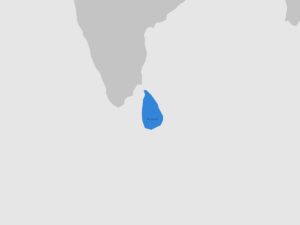
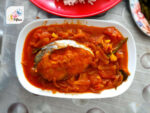
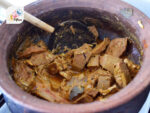
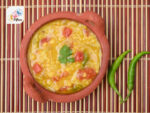
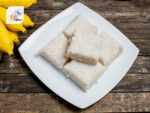
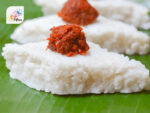
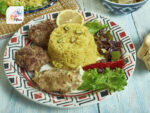
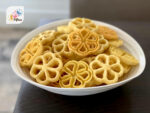
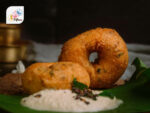
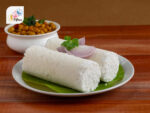
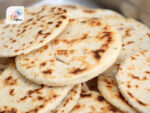

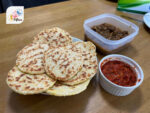
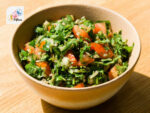
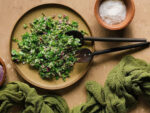
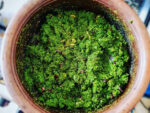
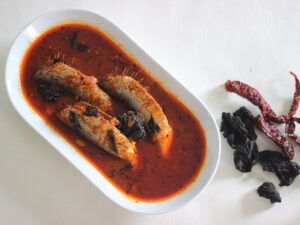
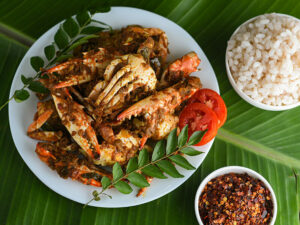
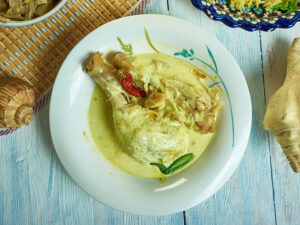
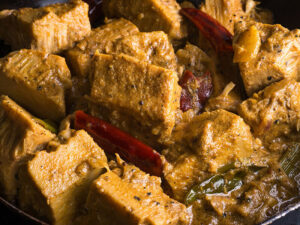
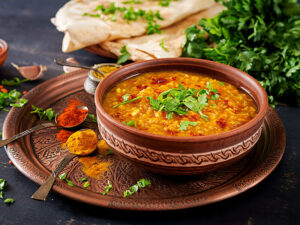
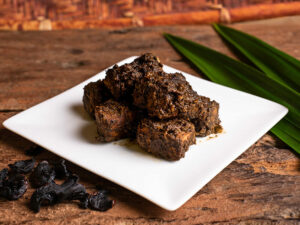
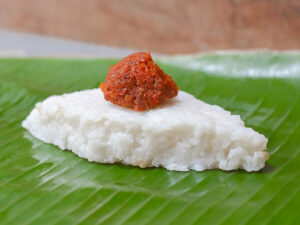
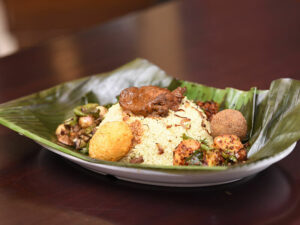
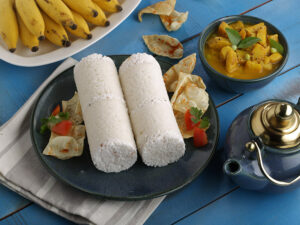
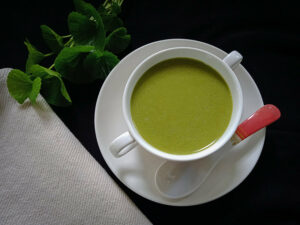
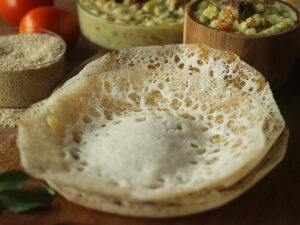
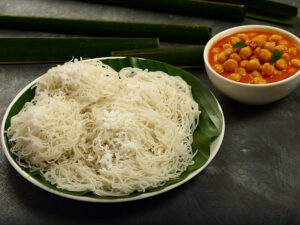
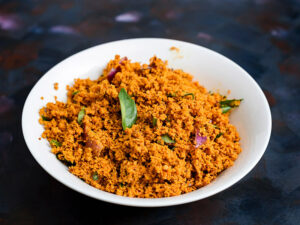
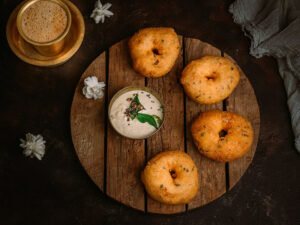
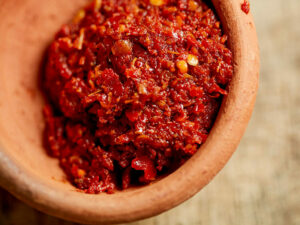
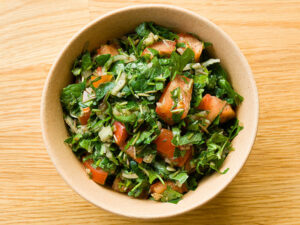
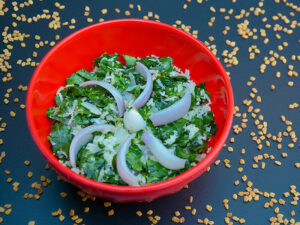
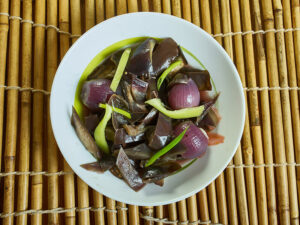
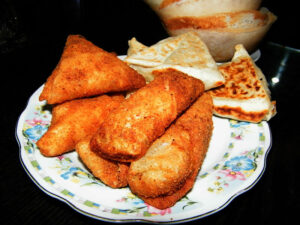
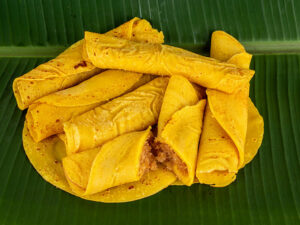
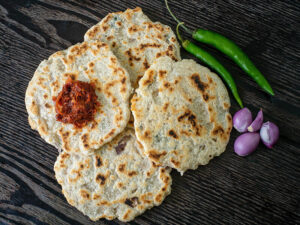
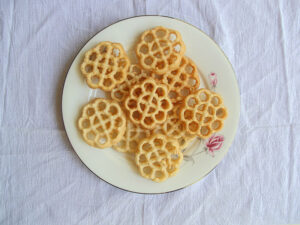
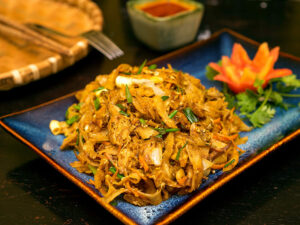
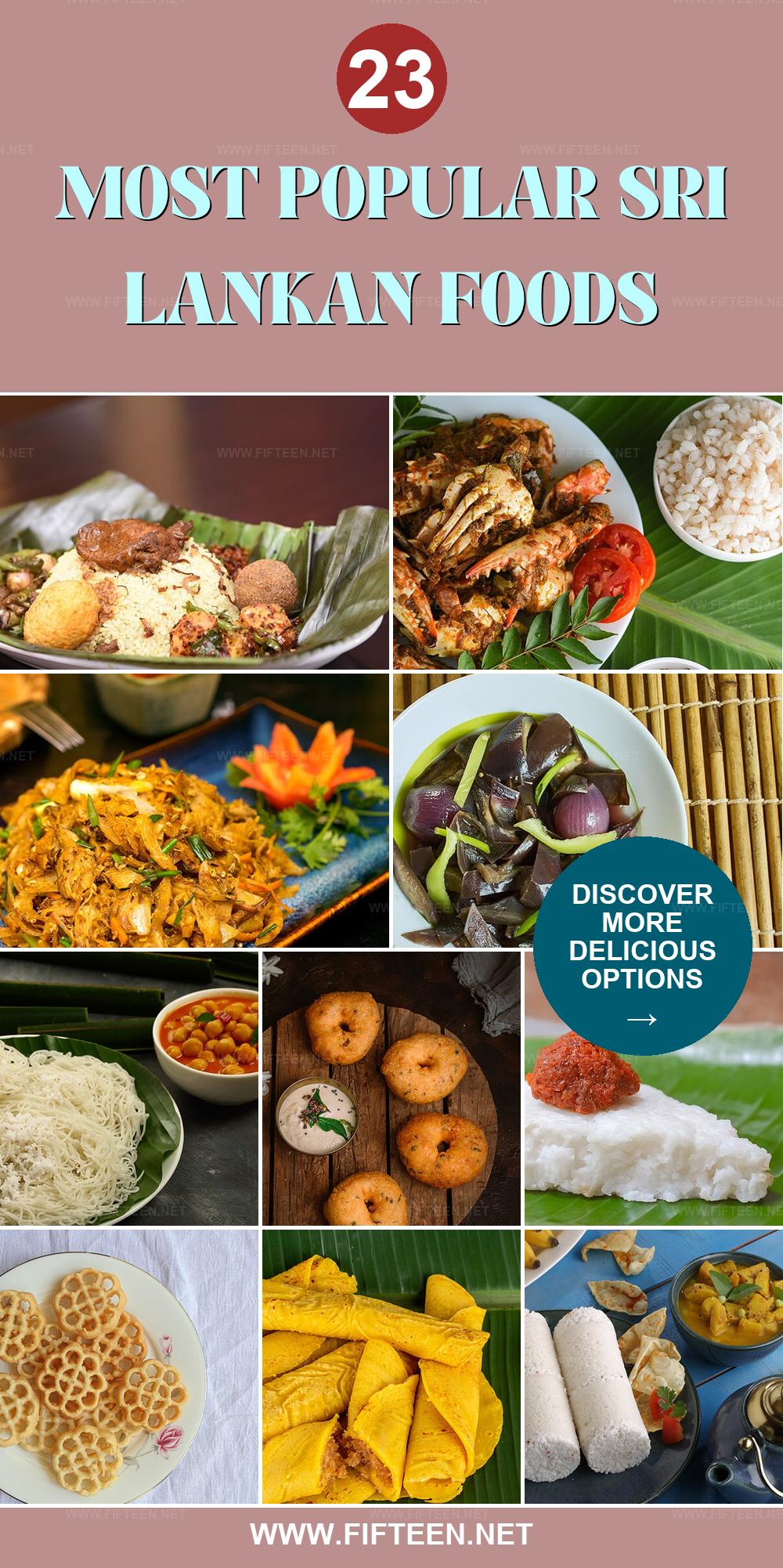
Jamie Scott
Editor in Chief, Senior Content Writer
Expertise
Home Cooking, Meal Planning, Recipe Development, Baking and Pastry, Food Editor, Cooking-video Maker, Western Food Evaluation Expert
Education
Le Cordon Bleu College of Culinary Arts
Local Community College, New York, NY
Jamie Scott is a skilled culinary expert and content creator specializing in Western cuisine. With over 15 years in the culinary field and formal training from Le Cordon Bleu, Paris, Jamie deeply understands how to blend nutrition with delicious flavors. His passion for cooking matches his commitment to making healthy eating accessible and enjoyable.
On Fifteen.net, Jamie brings a fresh perspective to classic dishes and beverages, offering readers insightful recipes, cooking tips, and a fresh view on meal planning that emphasizes taste, health, and simplicity.